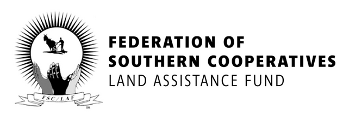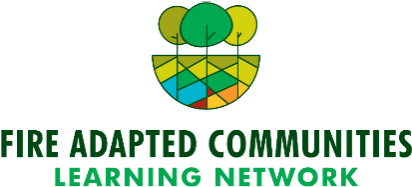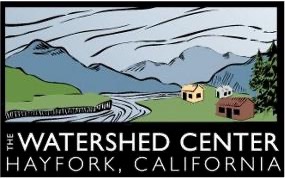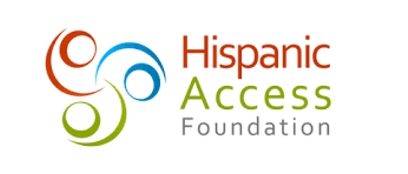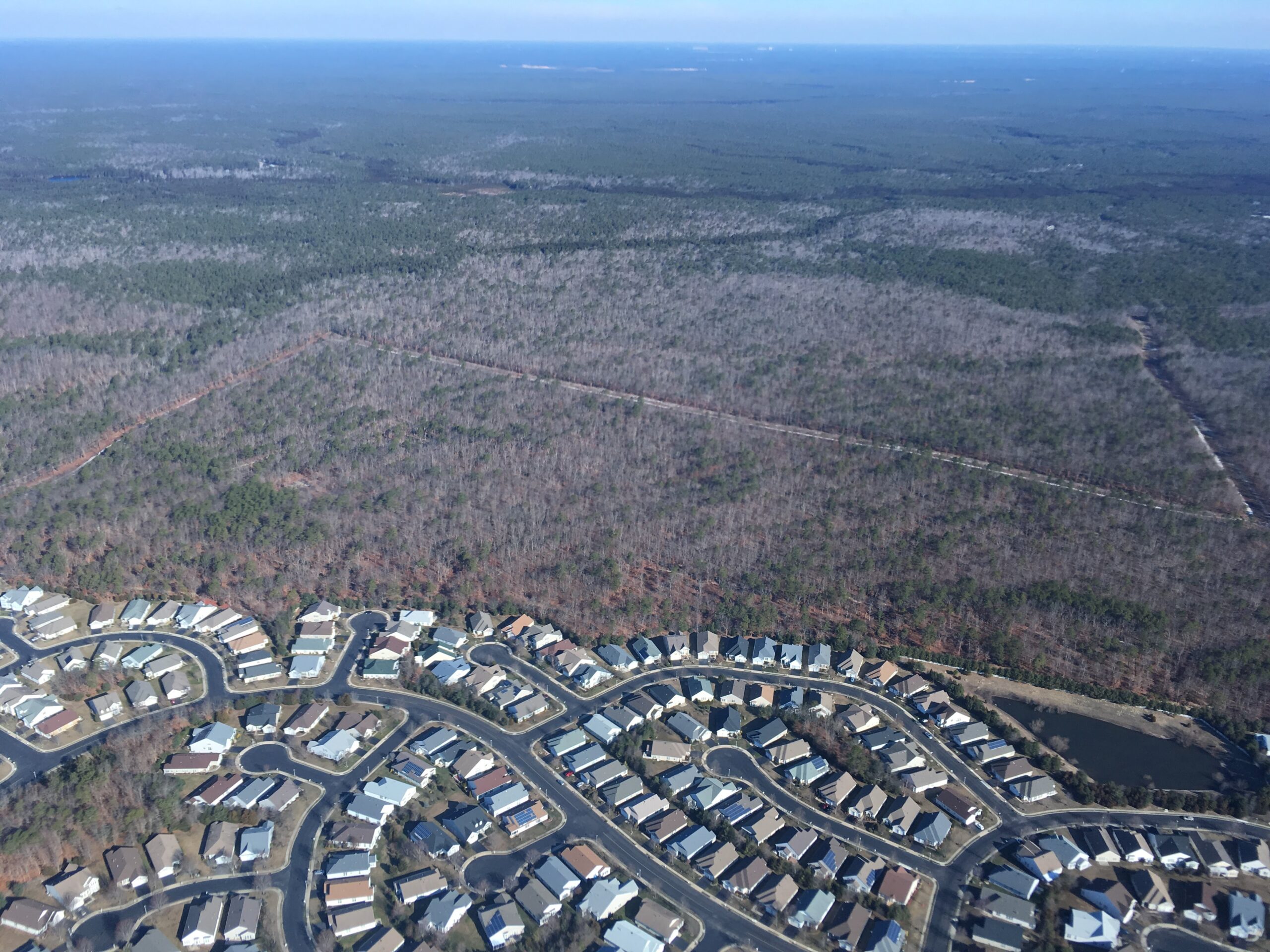
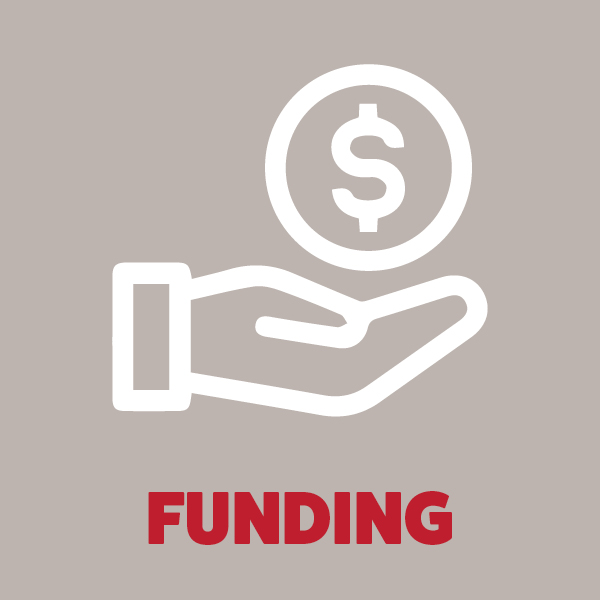
Funding for Community Wildfire Risk Reduction
Find grants and other funding opportunities to support your community’s wildfire resilience.
The federal government offers many grants for community-level wildfire risk reduction. Each has different eligibility requirements, funding cycles, and project scopes. Some of the most common grants are linked below. Dashboards for the Community Wildfire Defense Grant program and the Slip-On Tanker grant program are also available.

Looking for data for grant applications?
Community Wildfire Defense Grants
administered by the U.S. Forest Service
Slip-On Tanker Grants
administered by the U.S. Department of the Interior
Looking for help with grants?
The Grants.gov website is the clearinghouse for federal agencies to post funding opportunities and for grantees to find and apply for them. This centralized database helps streamline the application process. Find grant opportunities and tips for writing strong grant proposals.
The Community Navigator initiative was created by the USDA Forest Service to support leaders in historically underserved communities find and access funding and partnerships. Community Navigators connect communities to resources for building climate resilience and help provide equitable access to Inflation Reduction Act funding. Click on the respective partner logos below to view their resources, or email Forest Service Community Navigator.
Funding Programs

FEMA Hazard Mitigation Grant Program (HMGP)
FEMA’s Hazard Mitigation Grant Program (HMGP) is dedicated to breaking the cycle of disaster damage, reconstruction, and repeated damage. Hazard mitigation includes long-term solutions such as structural retrofits that reduce the impact of disasters in the future. Assistance is available up to 12 months following a presidentially-declared major disaster. Application extensions may be requested.
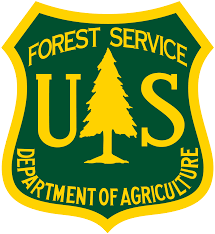
Federal Excess Personal Property Program & Firefighter Property Program
The Federal Excess Personal Property (FEPP) program loans Forest Service-owned vehicles, equipment, and other property to state foresters for wildland and rural firefighting.

FEMA Pre-Disaster Mitigation Program
The Federal Emergency Management Administration (FEMA) offers several grant opportunities for wildfire in its Hazard Mitigation Assistance program. The Pre-Disaster Mitigation (PDM) program awards planning and project grants to states, territories, federally recognized tribes, and local communities to implement a sustained, pre-disaster natural hazard mitigation program to raise public awareness about taking action before disaster strikes.

Volunteer Fire Assistance
The Volunteer Fire Assistance (VFA) program, formerly known as the Rural Community Fire Protection program, is administered by state forestry agencies through 50-50 cost-sharing grants to fire departments in rural communities. The program’s main goal is to provide federal financial, technical, and other assistance for the organization, training, and equipping of fire departments in rural areas, defined as having a population of 10,000 or less.

State Fire Training Grants
The U.S. Fire Administration (USFA) provides grants each year to state fire training agencies to bolster the delivery of National Fire Academy classes to career and volunteer fire and emergency services personnel from state, local, Tribal, and territorial organizations.

Assistance to Firefighters Grant (AFG) Program
FEMA’s Assistance to Firefighters Grant (AFG) program funds critically needed resources to equip and train emergency personnel, enhance efficiencies, and support community resilience, such as wildland firefighter and officer training, basic wildland firefighting equipment, wildland firefighting personal protective equipment (PPE), and wildland fire apparatus.

Staffing for Adequate Fire and Emergency Response (SAFER) Grant Program
FEMA’s Staffing for Adequate Fire and Emergency Response (SAFER) grant program provides funds to assist in increasing the number of firefighters to help communities meet industry minimum standards and attain 24-hour staffing to provide adequate protection from fire and fire-related hazards. Wildland firefighter training and wildland PPE are also funded.

Fire Prevention and Safety (FP&S) Grant Program
FEMA’s Fire Prevention and Safety (FP&S) grant program provides funding for fire prevention programs and supports firefighter health and safety research and development. Wildland urban interface projects such as community risk assessments, adoption or reinstatement of WUI fire codes, and WUI education/awareness projects are funded.

Building Resilient Infrastructure and Communities (BRIC)
FEMA’s Building Resilient Infrastructure and Communities (BRIC) program provides support to states, local communities, Tribes, the District of Columbia, and territories as they undertake hazard mitigation projects, reducing the risks they face from disasters and natural hazards.
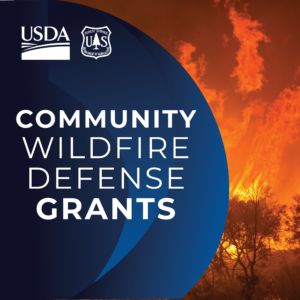
Community Wildfire Defense Grants (CWDG)
The Community Wildfire Defense Grant (CWDG) program provides grants to communities at risk from wildfire to develop or revise their community wildfire protection plans and carry out mitigation projects described within those plans. It is administered by the USDA Forest Service.

Landscape Scale Restoration (LSR) Program
The Landscape Scale Restoration (LSR) program is a Forest Service State and Private Forestry competitive grant program that promotes collaborative, science-based restoration of priority forest landscapes and furthers priorities identified in State Forest Action Plans or equivalent restoration strategies. LSR projects cross multiple jurisdictions, including Tribal, state and local government, and private forest land, to address large-scale issues such as wildfire risk reduction, watershed protection and restoration, and the spread of invasive species, insect infestation, and disease.

Emergency Assistance for Livestock, Honey Bees, and Farm-raised Fish (ELAP)
USDA Farm Service Agency’s Emergency Assistance for Livestock, Honey Bees, and Farm-raised Fish (ELAP) provides financial assistance to eligible producers of livestock, honeybees, and farm-raised fish for losses due to disease, certain adverse weather events or loss conditions. ELAP can help pay for transporting feed, water, and livestock to help keep ranchers ranching while preventing additional stress on drought-stricken land that may be vulnerable to fire.

Conservation Stewardship Program (CSP)
The Conservation Stewardship Program (CSP) offers technical and financial assistance to agricultural and forest producers for conservation efforts. CSP can help private landowners plan and implement hazardous fuel treatments. It is administered by the USDA Natural Resources Conservation Service (NRCS).

Environmental Quality Incentive Program (EQIP)
The Environmental Quality Incentive Program (EQIP) provides financial and technical assistance to agricultural producers and non-industrial forest managers to address natural resource concerns and deliver environmental benefits, such as improved water and air quality, conserved ground and surface water, increased soil health, reduced soil erosion and sedimentation, improved or created wildlife habitat, and mitigation against drought and increasing weather volatility. It is administered by the USDA Natural Resources Conservation Service (NRCS).

Regional Conservation Partnership Program (RCPP)
The Regional Conservation Partnership Program (RCPP) is a partner-driven approach to conservation that funds solutions to natural resource challenges on private land. State and local governments, Tribes, non-profits, and others can apply to target conservation funding to certain geographies to address specific natural resource challenges. A majority of RCPP funding is provided directly to producers and landowners who implement conservation measures (for example, forest stand improvement) or place conservation easements on private lands. It is administered by the USDA Natural Resources Conservation Service (NRCS).
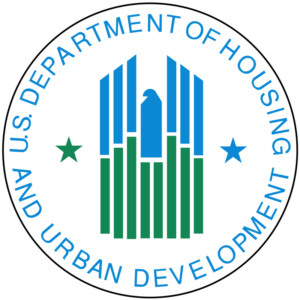
Community Development Block Grant Disaster Recovery (CDBG-DR)
Community Development Block Grant Disaster Recovery (CDBG-DR) program provides flexible funds to help cities, counties, and states recover from presidentially-declared disasters when appropriated by Congress. CDBG-DR funds can only be spent to meet the recovery needs caused by the disasters in the locations specifically stated in the appropriation. Funds can be used for disaster relief, long-term recovery, restoration of infrastructure, housing, and economic revitalization. It is administered by the U.S. Department of Housing and Urban Development (HUD).
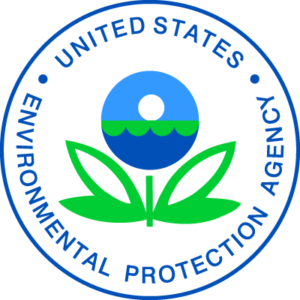
Drinking Water System Resilience Program
The Environmental Protection Agency’s (EPA’s) Drinking Water System Infrastructure Resilience and Sustainability Program funds projects in underserved communities and small communities (fewer than 10,000 people). Projects must increase resilience of drinking water systems to natural hazards, including wildfire. Planning and infrastructure improvements are funded.
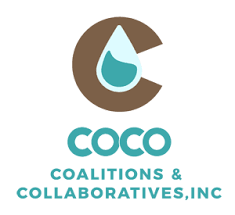
Coalitions & Collaboratives (COCO)
Coalitions & Collaboratives (COCO) supports place-based groups to bring expertise, resources, and funding to support the growth of newly forming groups that follow transparent and collaborative processes to protect the environment, communities, and economic interests.

Community Navigators
The Community Navigators initiative helps provide equitable access to Inflation Reduction Act funding. Forest Service employees and partner organizations work directly with targeted communities to provide support and guidance to access programs, services, and potential funding opportunities.
Learn how these actions align with federal policies and initiatives.


